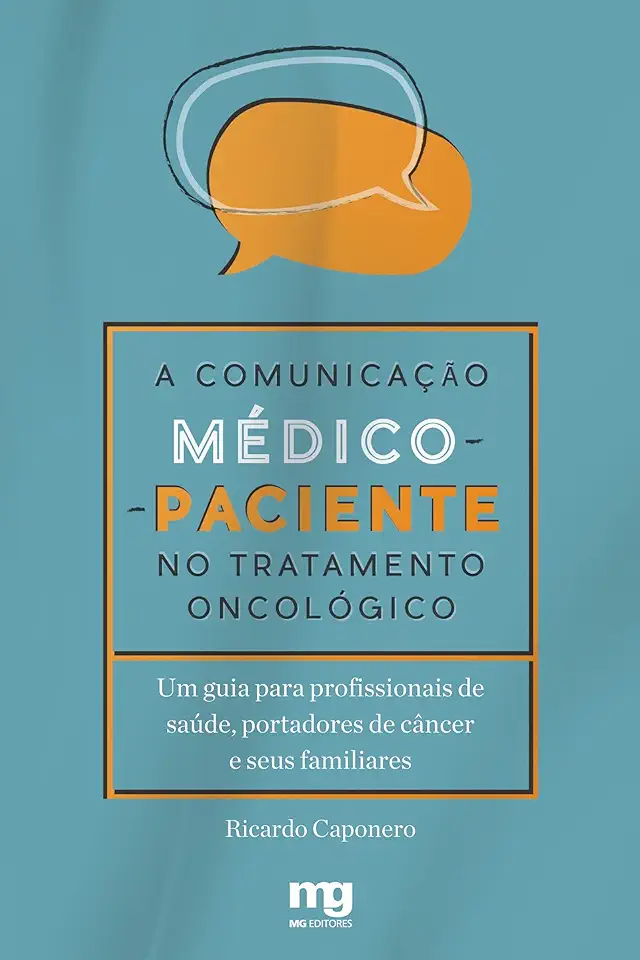
Physician-Patient Communication in Cancer Treatment - Ricardo Caponero
Physician-Patient Communication in Cancer Treatment: A Comprehensive Guide for Healthcare Professionals
Introduction
Cancer is a complex and challenging disease that affects millions of people worldwide. Effective communication between healthcare professionals and patients is crucial in ensuring the best possible outcomes for cancer treatment. This comprehensive guide provides a wealth of knowledge and practical strategies to enhance physician-patient communication in cancer care.
Understanding the Challenges of Cancer Communication
Effective communication in cancer care faces several unique challenges. The complexity of cancer, the emotional impact of the diagnosis, and the often-urgent need for treatment can create barriers to clear and effective communication. This guide explores these challenges and offers practical solutions to overcome them.
Building Trust and Empathy
Establishing trust and empathy is the foundation of effective physician-patient communication. This guide provides insights into building rapport, actively listening, and demonstrating empathy to create a supportive and collaborative environment for cancer care.
Communicating Complex Medical Information
Effectively conveying complex medical information is essential for informed decision-making. This guide offers strategies for simplifying medical jargon, using visual aids, and tailoring communication to individual patient needs and preferences.
Addressing Emotional Needs
Cancer treatment often takes a significant emotional toll on patients and their families. This guide explores techniques for addressing emotional concerns, providing emotional support, and managing difficult conversations.
Facilitating Shared Decision-Making
Shared decision-making is a crucial aspect of patient-centered care. This guide provides practical tools and techniques to involve patients in treatment decisions, considering their values, preferences, and goals.
Navigating Cultural and Language Barriers
Cultural and language barriers can hinder effective communication in cancer care. This guide offers strategies for overcoming these barriers, including utilizing interpreters, understanding cultural beliefs, and adapting communication styles.
Enhancing Communication Skills
Effective communication is a skill that can be developed and refined. This guide provides tips and techniques for improving verbal and nonverbal communication skills, active listening, and managing difficult conversations.
Conclusion
Physician-Patient Communication in Cancer Treatment is an invaluable resource for healthcare professionals seeking to enhance their communication skills and provide the best possible care for cancer patients. With its comprehensive coverage of challenges, strategies, and practical tools, this guide empowers healthcare professionals to build strong relationships with patients, facilitate informed decision-making, and provide compassionate and effective cancer care.